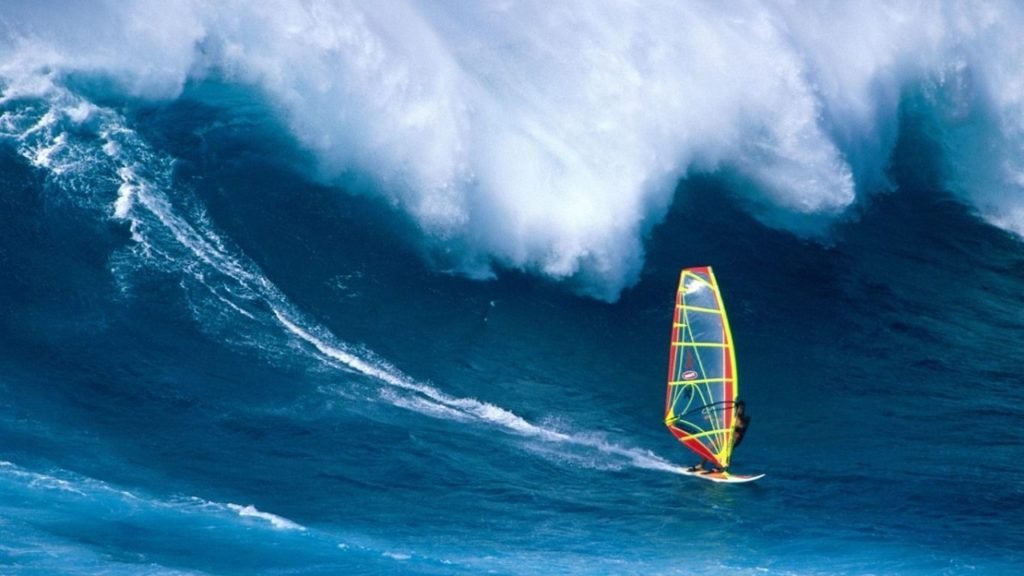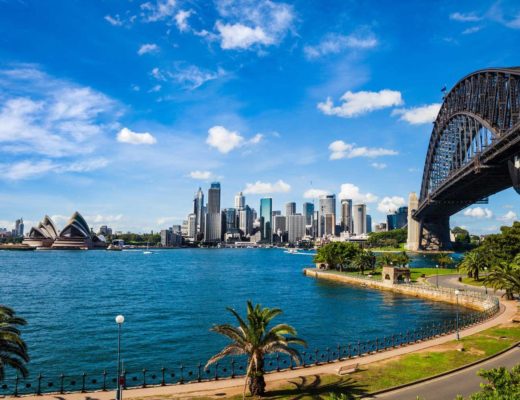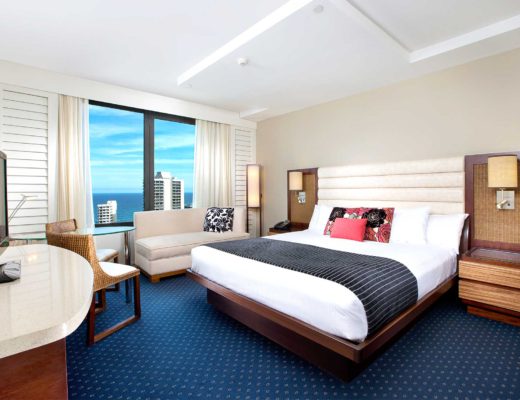Due to the increasing number of surfboards available today, you can find different sizes, shapes, and add-ons according to the preference of the surfer. Aside from the different profiles and dimensions of the board, another feature that surfers have to decide and invest in is its fin setup.
There is no final answer as to which fin setup is the best will never end. And there is always a debate between quad and thruster fins among the surfers. We will not join the discussion, but instead, we are going to shed light on thruster fins and understand its use for the surfer.
What are Thruster Fins?
Invented by Simon Anderson in 1980, the thruster fins are now part of the surfer’s arsenal when riding the waves. It is designed with a three-fin setup and is the most common and popular configuration for surfer fins. When it comes to speed and agility, the thruster fins are the king.
It has become the most common fin configuration because they are simple and works better. It has provided a balanced and conventional setup. Thrusters are not only fast, but it also gives a great control coupled with the right speed, drive, and maneuverability creating better push when making turns.
The thruster set up is the preferred set up by most surfers, particularly during days with super ripples. Quads are better in shallow and hollow water conditions, but when you want to show off, thruster fins are better. It gives a controlled drag that is suitable for high-level surfing, mostly in sound quality waves.
Its Strong Points
The strongest point of thruster fins is it is unbeatable in a wide range of conditions. It is strong enough in barreling and steep situations as the setup allows the rider to do vertical surfing, which could lead them to ride the upper lip and do excellent aerial tricks.
They are known as the working-class fins because they can get the job done because the thruster fins are incredibly balanced and can let you do what you want while riding the waves. Thruster fins are very dependable on both small and big waves.
The only downside for thruster fins is the drag it creates when the surfboard is heading towards a straight line. To compensate for the drag, the rider has to turn and board on a rail continually.
The thruster fins as applicable to a wide range of conditions and will not limit your ability to ride on any wave. You can use it at a 2 ft condition using your longboard or in a 20 ft depth with your shortboard. This means that the thruster fins can let you use any boards and ride the waves to the fullest.
When it comes to thruster fins, Small Tech Flex from Futures is a surfer’s favorite due to its redefined tip and medium base. It allows the thruster fins to deliver an excellent drive, release, and control even in the most powerful surf.




